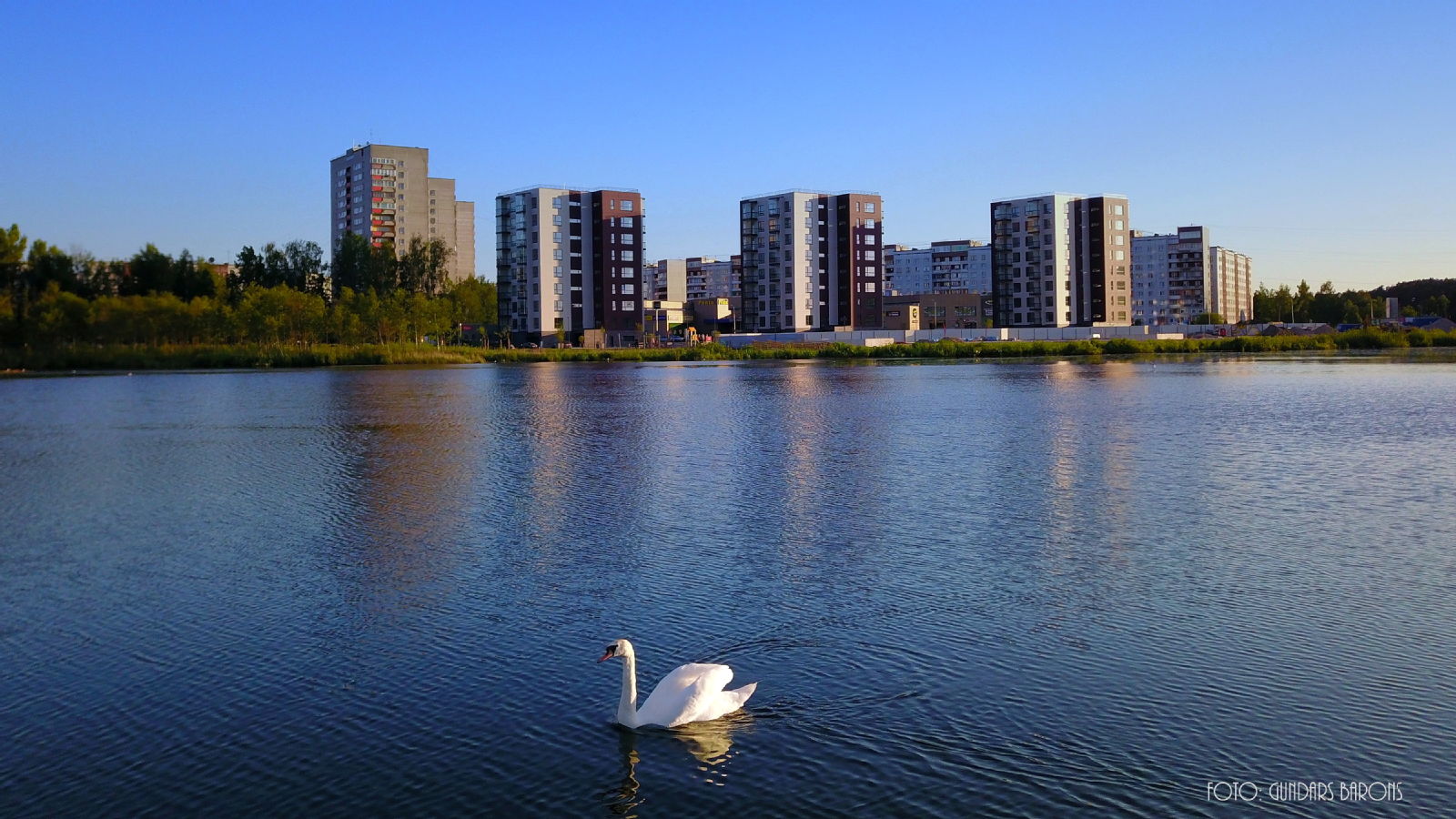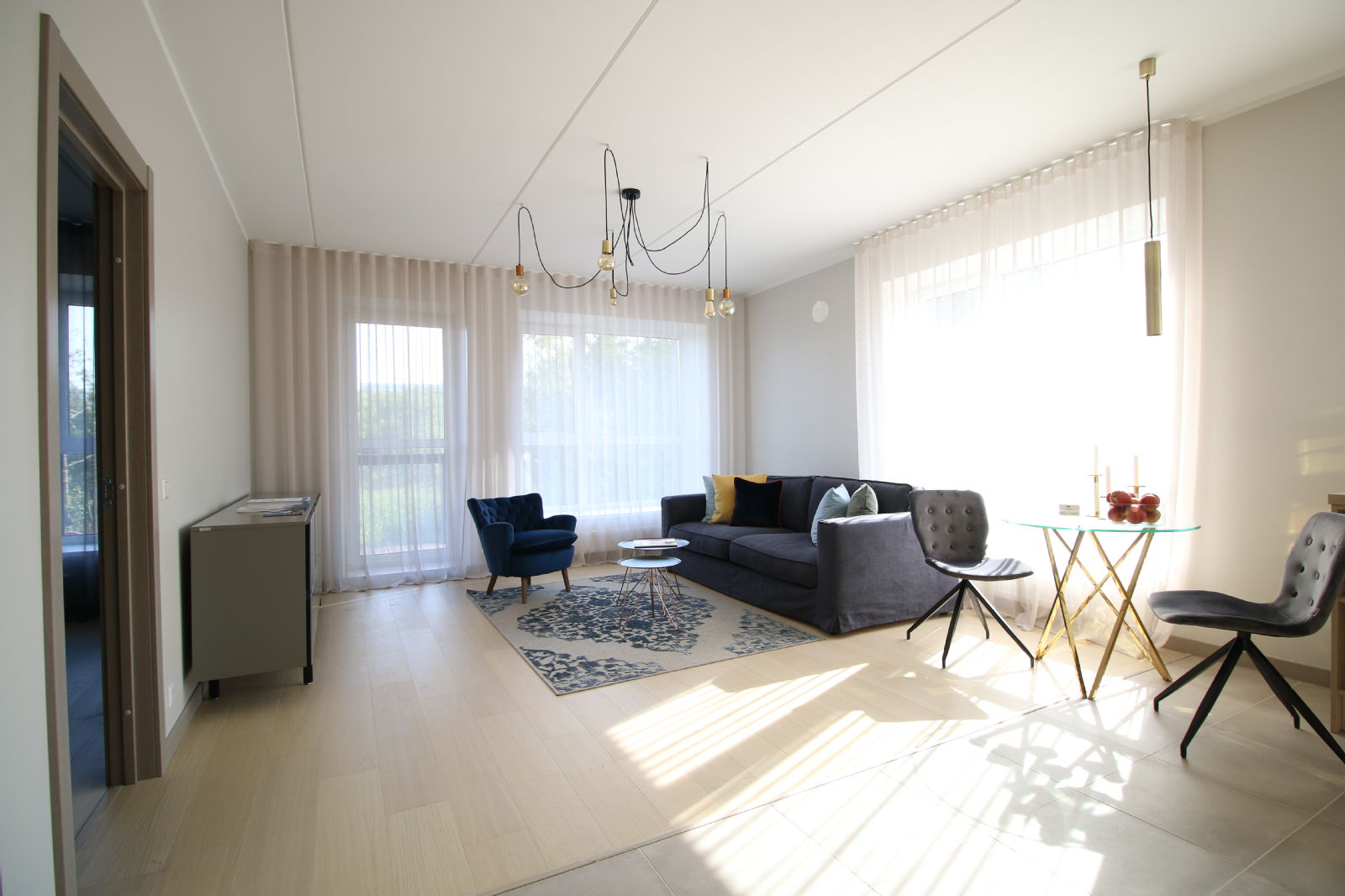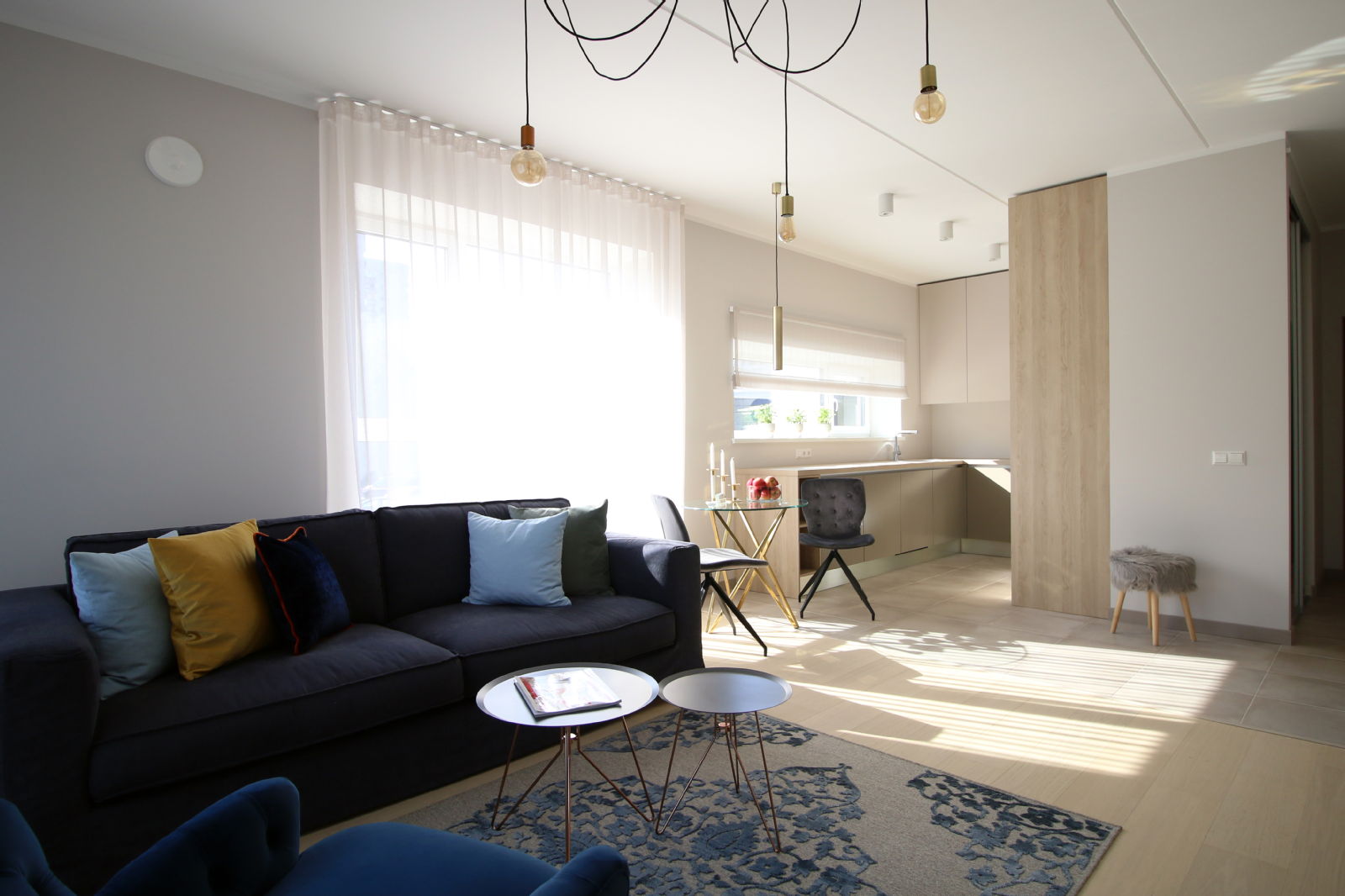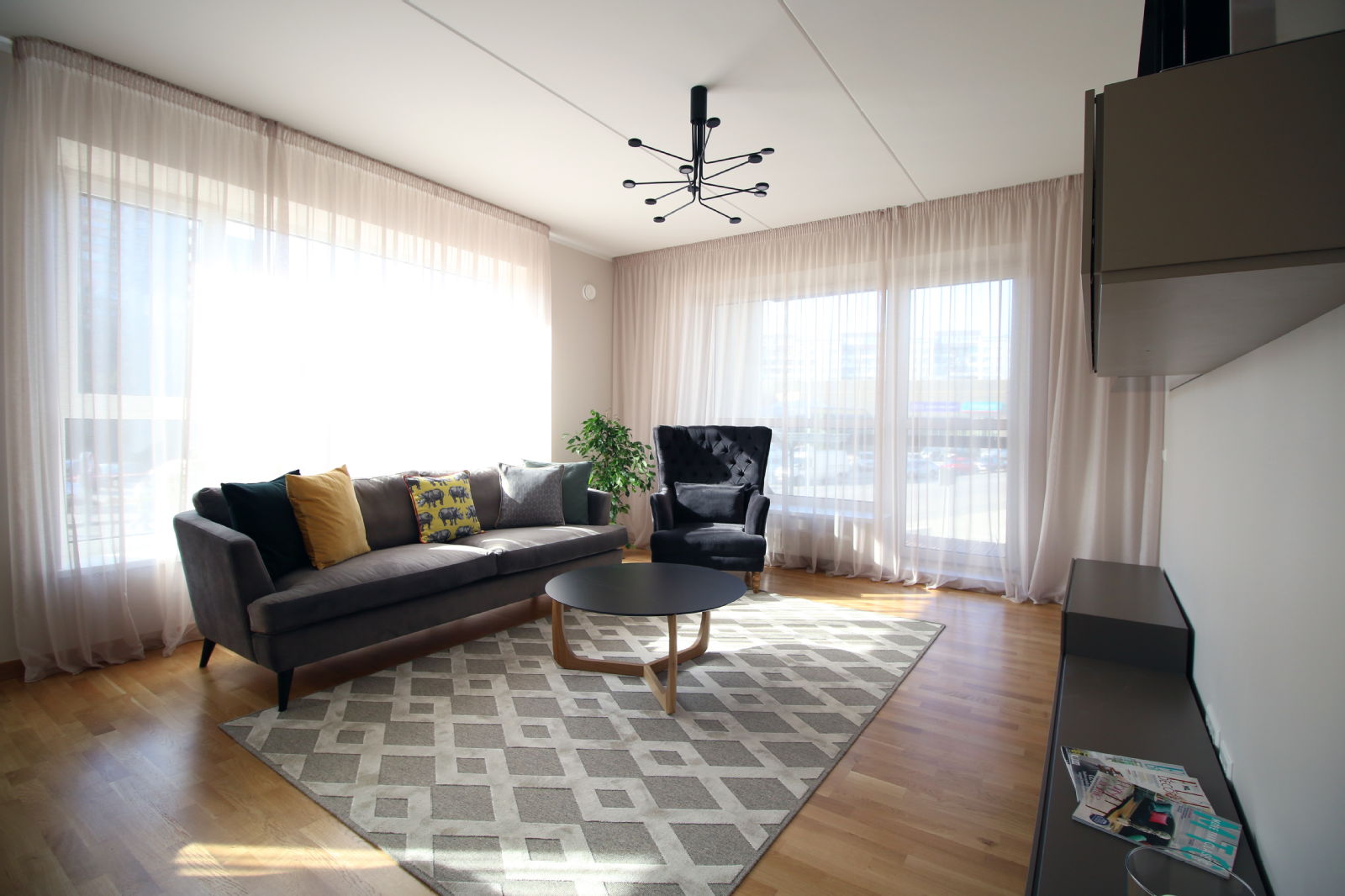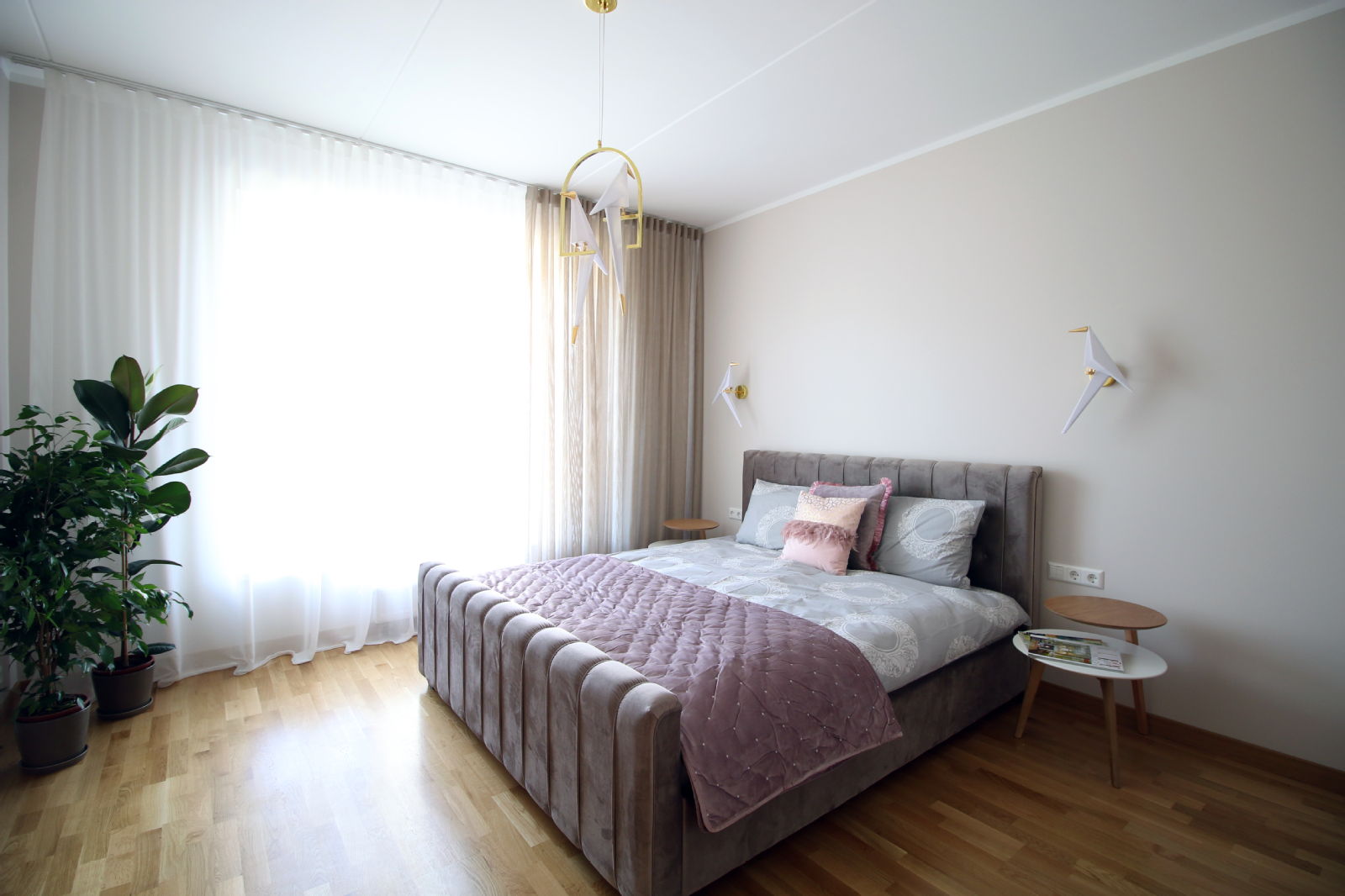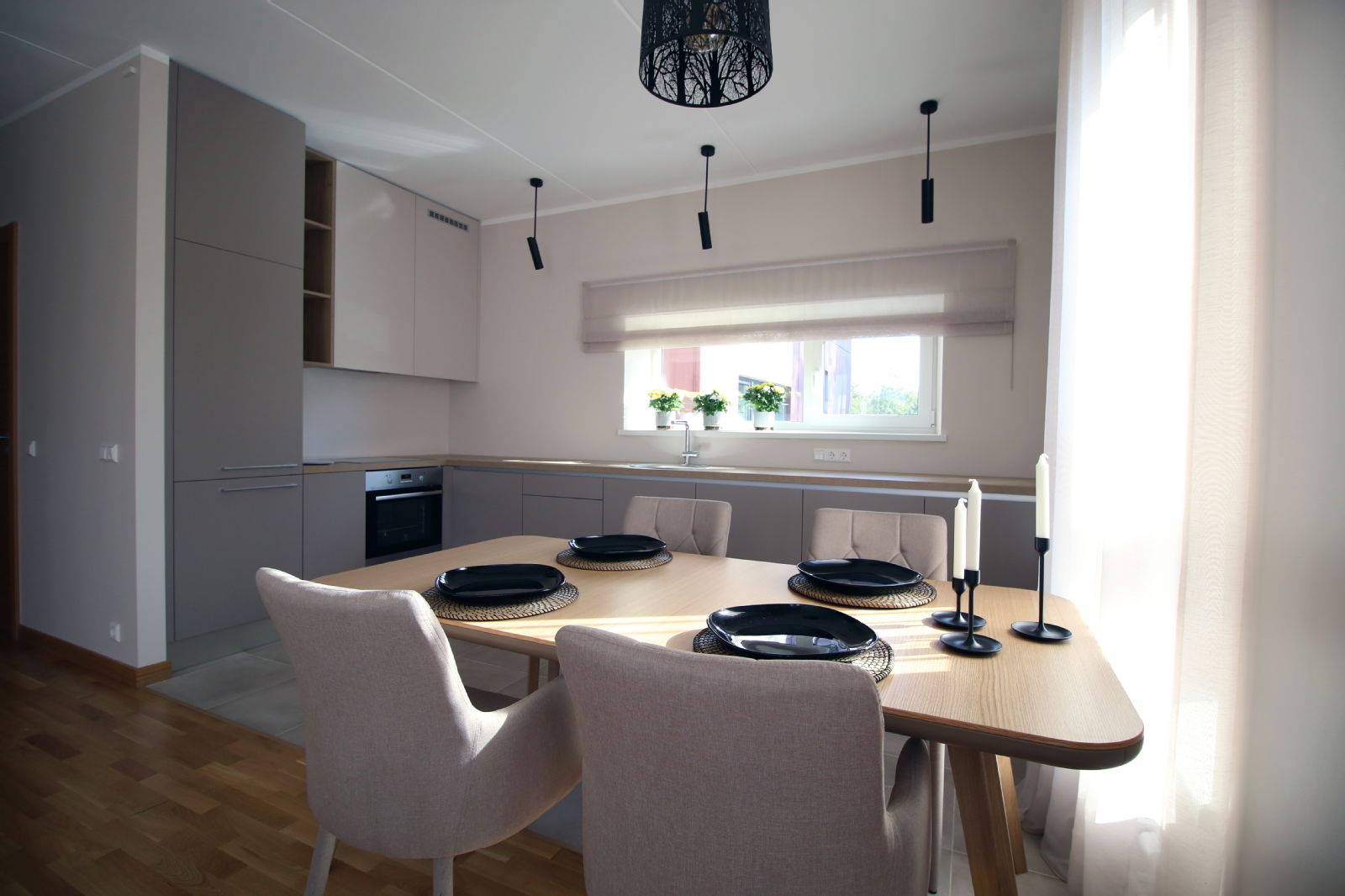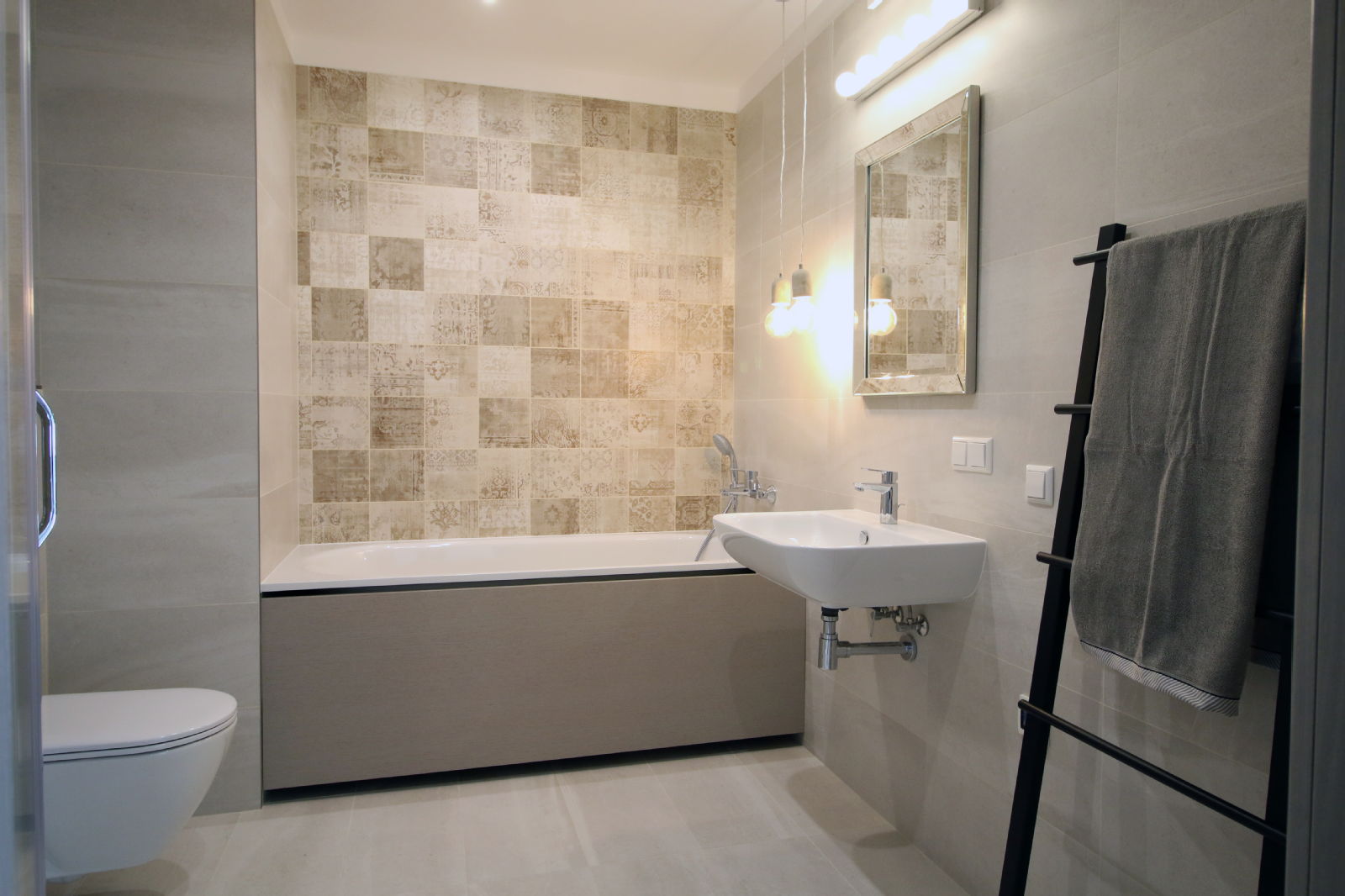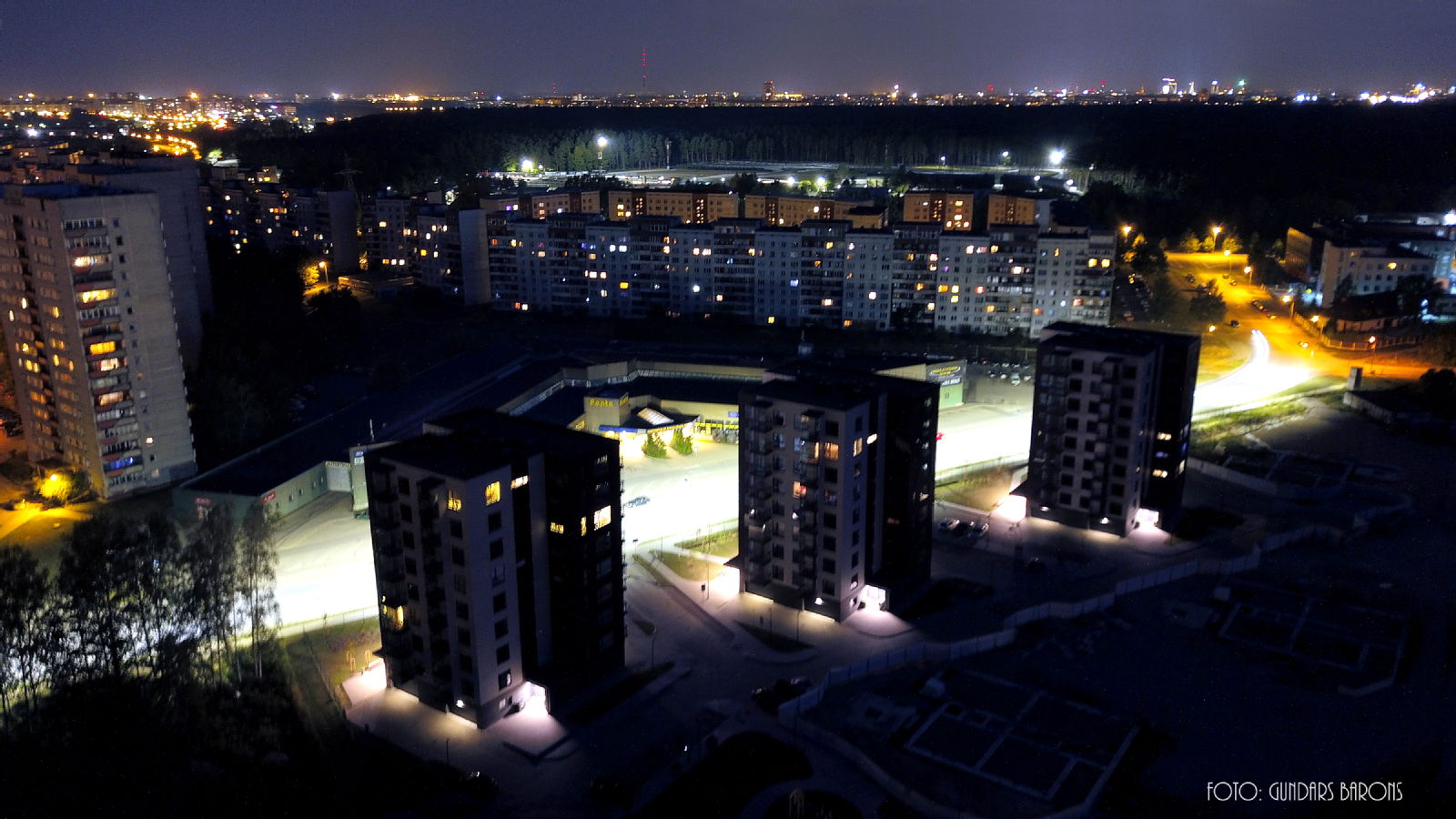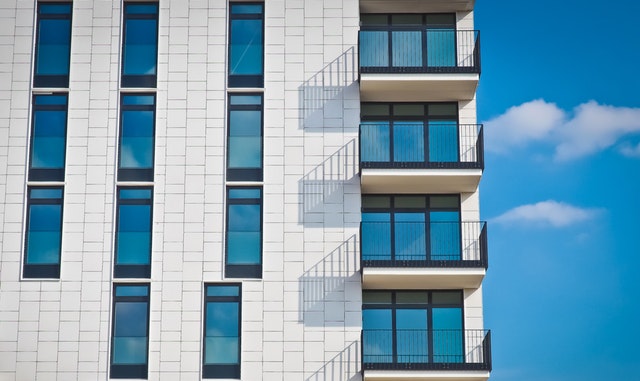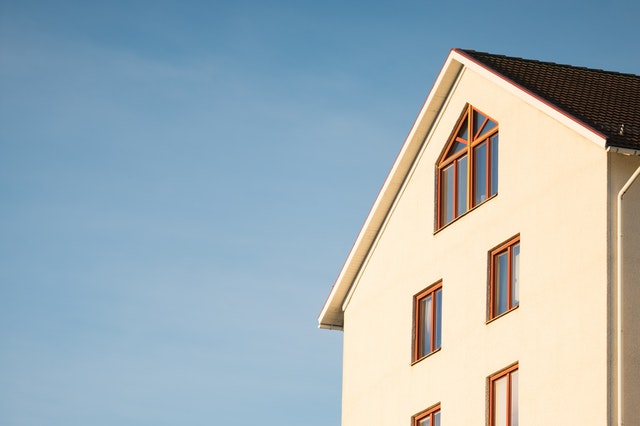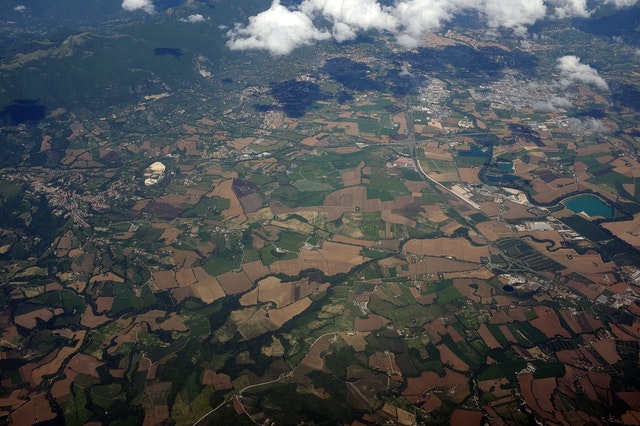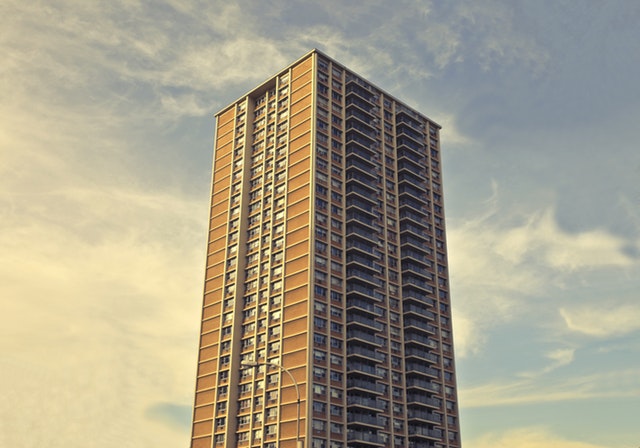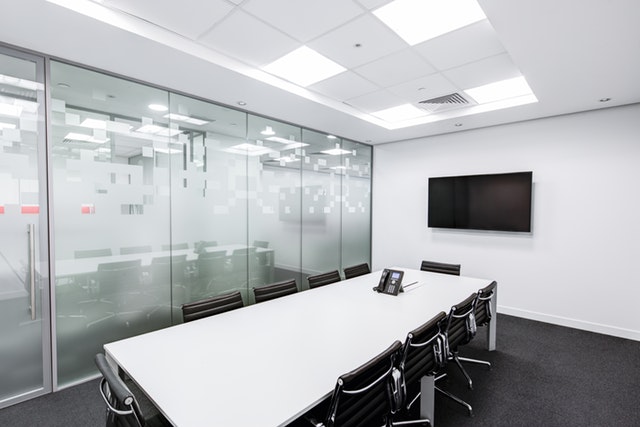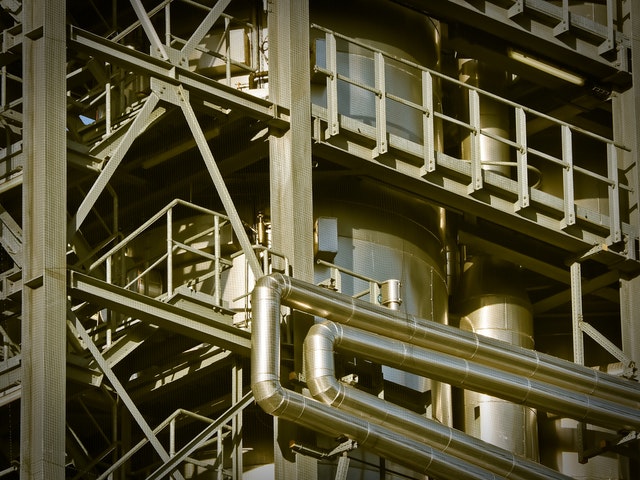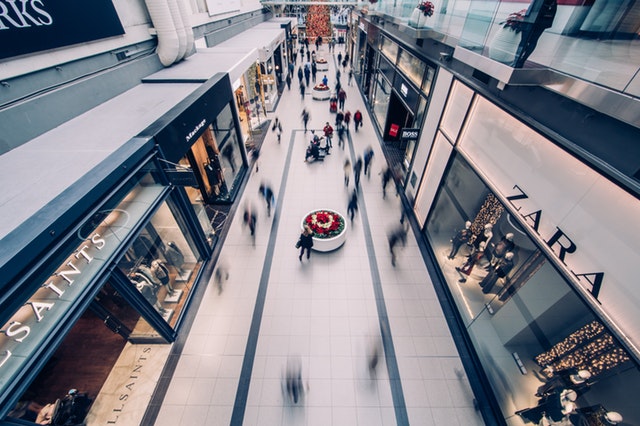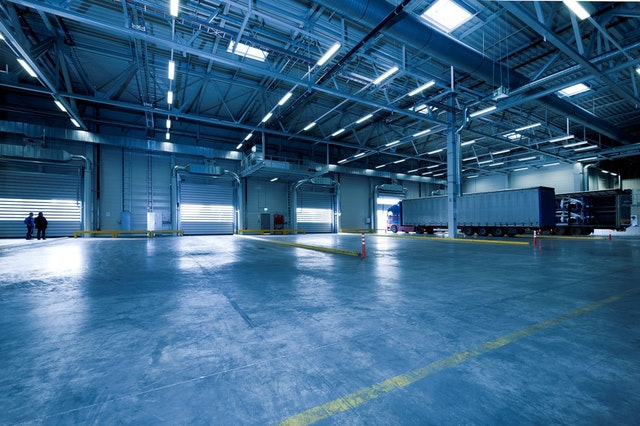The greenest microdistrict of the city of Riga: Mežciems.
Mežciems Already in the 17th century, it was more populated than the surrounding areas, this is possible due to the lakes and green surroundings. During 1736-1743 In 1990, Gaiļa manor was established on the land of Putniņi houses, which gave the present name to Gaiļezer (formerly Putniňezer). Mežciems is a neighborhood of the city of Riga in the suburb of Vidzeme. It borders the neighborhoods of Jugla, Dreiliņu, Purvciema and Teikas. Most of Mežciems (62.7%) is occupied by natural and green areas, while waters occupy 1.4% of the territory. The main streets of Mežciem are Sergeja Eisenstein iela and Hipokráta iela, which are connected in the middle of the micro-district by Gaiļezera iela, which is planned to be the local center of Mežciem. To the southeast of the dunes is Linezer, an average 1.5 meter deep lake without a drain. The second lake of Mežciems is Gaiļezers, which is located in the center of the residential area. The lake is on average 1.8 meters deep. Various species of fish and waterfowl can be found in it.
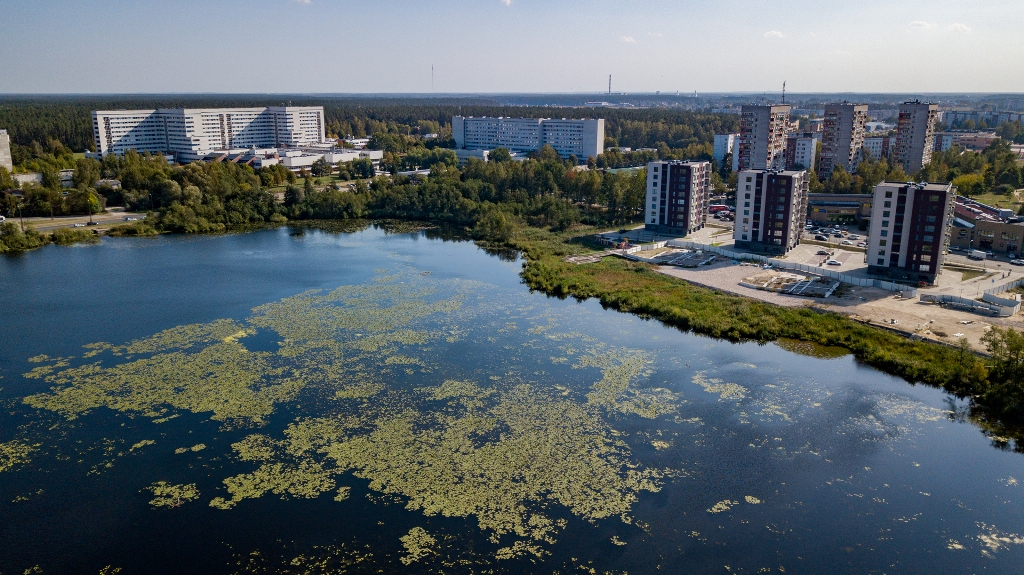
Gailezer
In the southern part of Mežciem, in front of the Biķernieki church, there was Kaulu manor or Franki. The manor was created after the Great Plague that broke out in the area around 1709, on the land of two farmers’ farms. One of the buildings of the manor at Biķernieku street 126 has survived to this day. The buildings next to it on Biķernieku street 122 and 124, which were significantly rebuilt, were demolished in 2002.
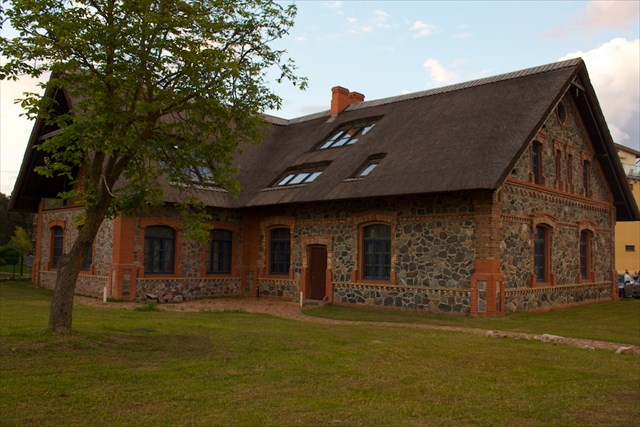
Bone Manor. Biķernieku street 126
The village of private houses continued to grow for the next few decades. However, in the early 1970s, the city management decided to develop a new multi-storey residential area. For this purpose, the team of urban planners surveyed the former agricultural land of the Gaiļa manor on the other side of Gaiļezer up to Biķernieku street, and in 1971 developed a detailed plan for the construction of the “Mežciems I” micro-district. The architects created the project, thinking about two aspects that would distinguish the new district from the ones created so far. First of all, their goal was to separate pedestrians from motor vehicles, by physically raising the central part of the micro-district higher and not allowing access to it by motor vehicles. It was planned to create a large pedestrian street surrounded by greenery, which is joined not only by the staircases of residential buildings, but also by the school stadium and kindergarten yards, explains Kronberg. Secondly, the architects envisioned a large number of artists’ workshops on the upper floors of the standard 602 series houses, so that the intelligentsia would find a home here, and the society of the district as a whole would be somewhat different.
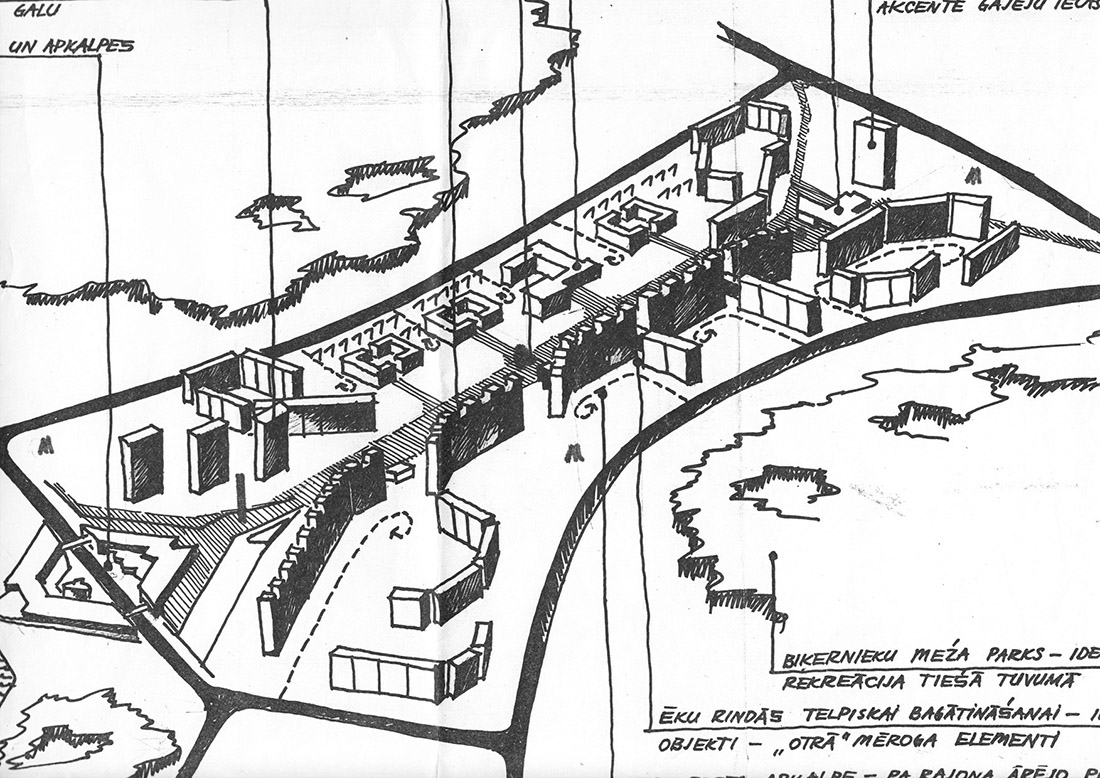
Mežciema construction project layout. Photo: Andras Kronberg’s archive
A forest village with a little more than 15,000 inhabitants. Its origins are considered to be the 70s, when a new multi-storey residential complex was built here. Mežciems high-rise residential area consists mainly of series 602 (also modified with two-story apartments), Lithuanian project (series 464) and separate 16-story buildings of series 104. They were initially allocated apartments for artists, doctors and factory workers.

Mežciema’s new residential complex in 1986 and 1978. Photo: Sergej Danilov
Most of the territory of Mežciems is occupied by water and greenery – the entire massif of Biķernieki forest is included in the west of the neighborhood. The Biķernieku track was also established there, and the well-known Motor Museum in Latvia is located near it. In the east is a part of the Jugla forest. Perhaps these are one of the main reasons for the charm of Mežciems, which attracts residents in recent years. In 2017 and 2018, Mežciems has experienced significant changes in the real estate market. This year, a total of 33 apartment transactions were registered in the neighborhood. Two- and three-room apartments are most in demand.
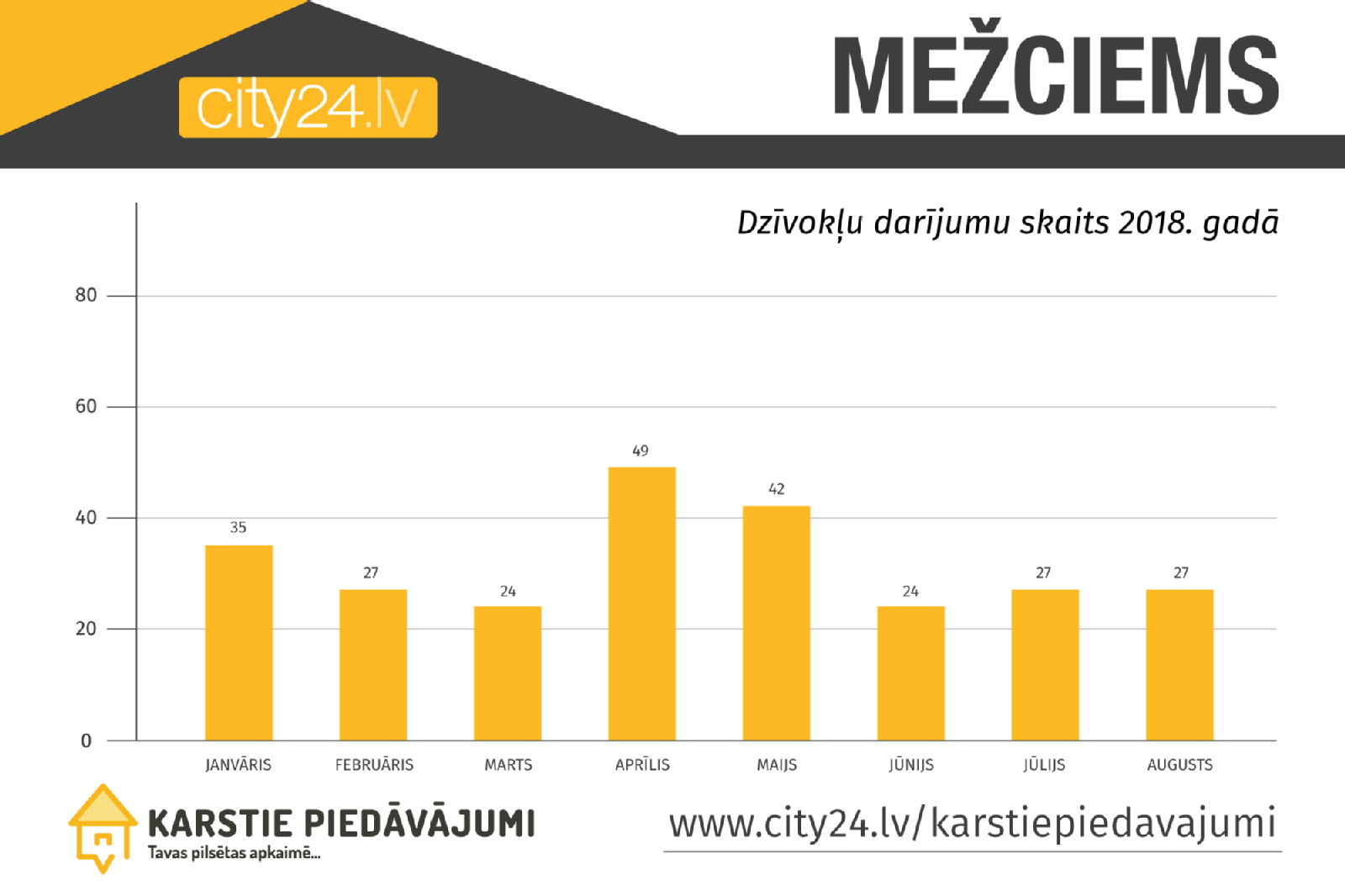
In recent years, the construction of new residential buildings has also started in Mežciem. The most notable recent project is the “Gailezera Houses” built by the developer “Merks”.
